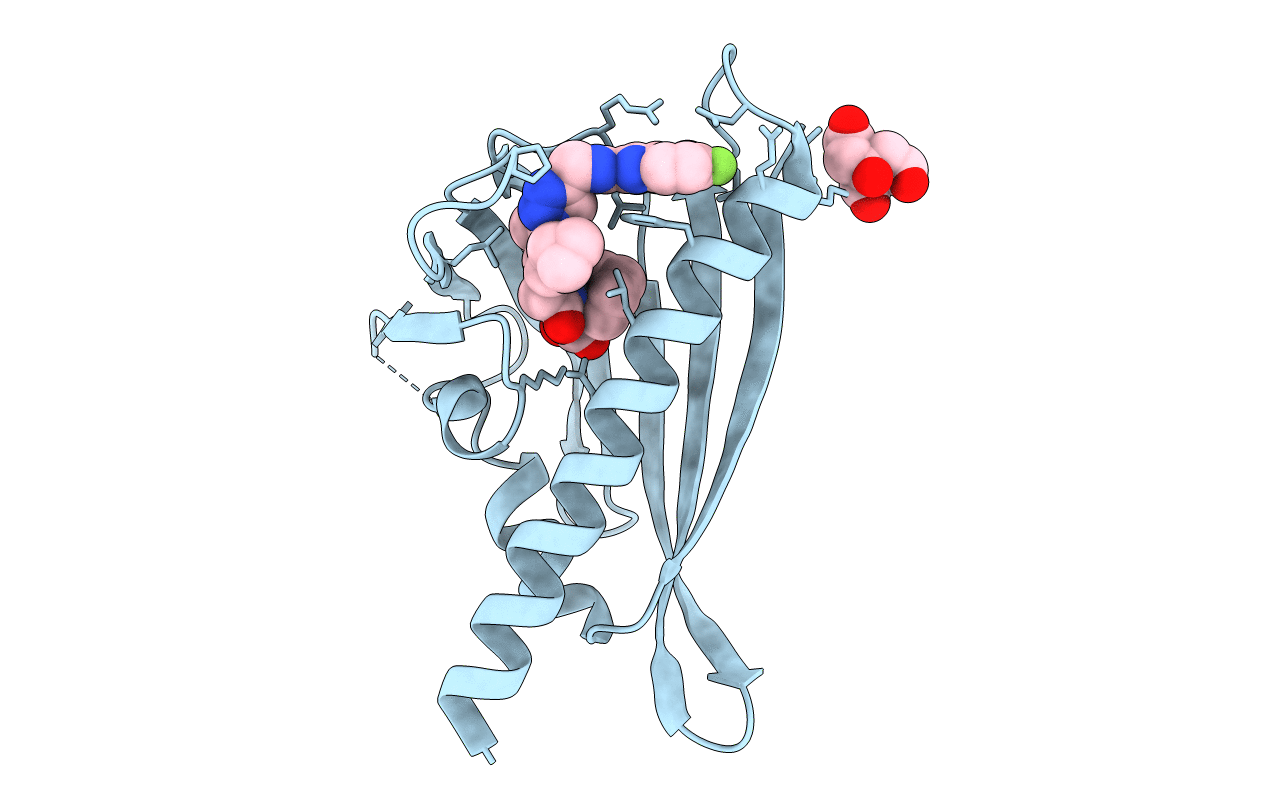
Deposition Date
2021-04-28
Release Date
2021-09-29
Last Version Date
2024-11-13
Entry Detail
PDB ID:
7MLD
Keywords:
Title:
PYL10 bound to the ABA pan-antagonist antabactin
Biological Source:
Source Organism:
Arabidopsis thaliana (Taxon ID: 3702)
Host Organism:
Method Details:
Experimental Method:
Resolution:
1.80 Å
R-Value Free:
0.20
R-Value Work:
0.16
R-Value Observed:
0.16
Space Group:
C 1 2 1


